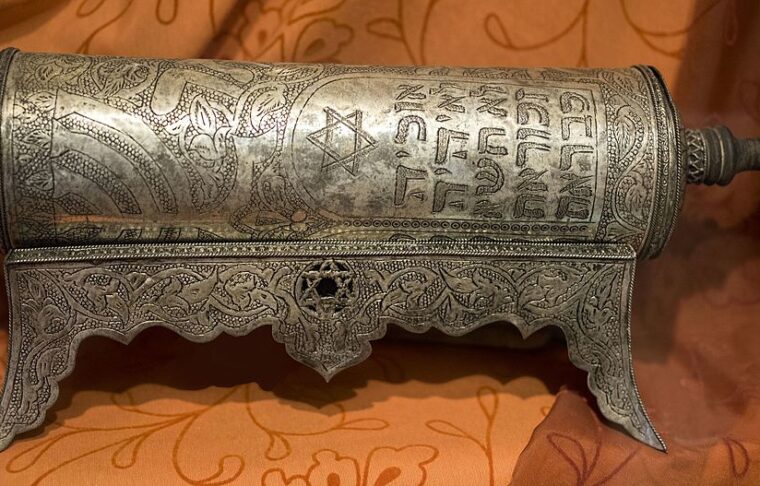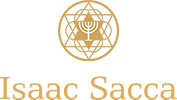The true joy of Purim

Purim is a day of celebration for the entire Jewish community. What does it really mean to celebrate? To be happy? To be cheerful? The Sages say that to be happy is to know that you are doing what is harmonious, what is right. That is the concept of happiness.
On Purim, we read Megillat Esther, in which we are told about the salvation of the Jewish people from the threat of extermination by the Persian minister Haman, due to false accusations, and the vindication of the Jewish population as a people of good.
Haman and Mordechai, two protagonists of the story, symbolize two interpretations of how to conduct ourselves in life.
There are people who look at the results to know if they are proceeding correctly. For example, who raises his son and sees how he grew up and how he turned out. If he turned out well, he thinks he did well, if he turned out badly, the opposite.
Others evaluate what they are doing, not the results. That is the true way: to analyze what is in our power to do. If I do things well, I do not have to review the results later. I have to be calm with my conscience that I acted correctly.
Sometimes you did what was right, and it did not turn out as expected. Others, you proceeded incorrectly and the result was positive. However, the Megillah teaches us that there is always a Divine justice that corrects everything.
Haman did raffles, Purim. He analyzed and speculated: “Am I doing the right thing or not?” He did not care if he was ethical or not in his actions at the time. Mordechai, on the other hand, gathered the Jews to make peace, to help each other, to reflect.
The results depend on God. What is in our hands is to do what is right, and that is what we have to celebrate on Purim. We have to be happy because we know that we are doing the right thing. That is what God wants from us.

